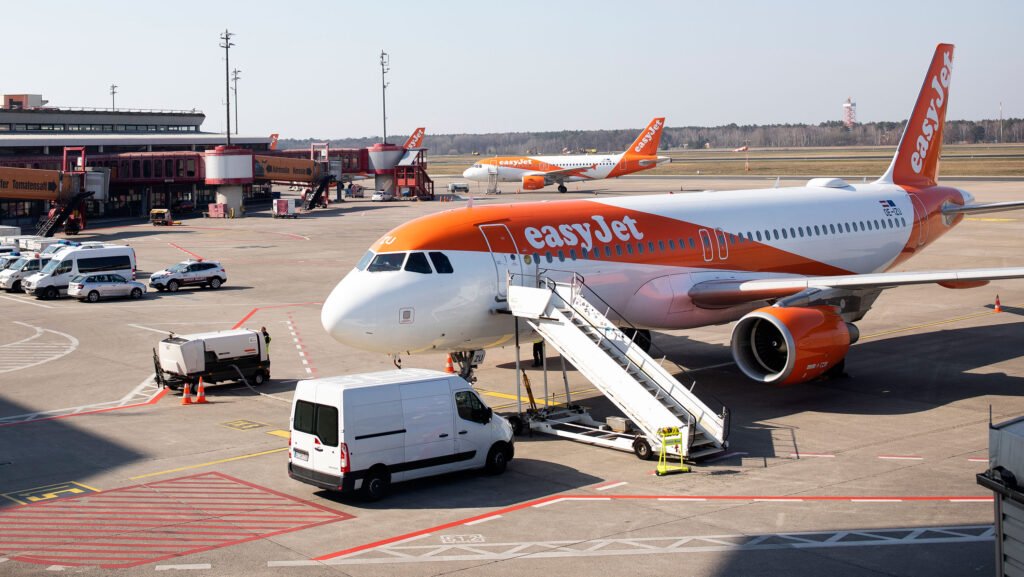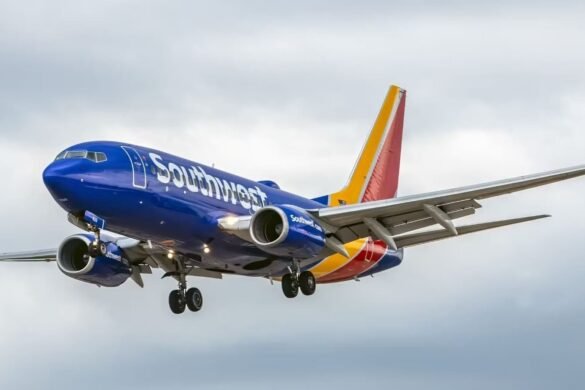On Wednesday, travelers faced unexpected disruptions as the U.S. Federal Aviation Administration (FAA) issued a ground stop advisory for all Alaska Airlines and its subcarrier flights. This directive came in response to a software issue that impacted the airline’s operations, leaving passengers stranded and travel plans in disarray.
The FAA’s decision to halt the departure of Alaska Airlines mainline and subcarrier flights was not taken lightly. It was prompted by a precautionary measure following the identification of a significant software problem within the airline’s systems. This software glitch arose during a routine system upgrade, particularly affecting the calculation of weight and balance for their flights.
For passengers scheduled to fly with Alaska Airlines on the day of the ground stop, the sudden announcement meant unexpected delays and uncertainty. Many found themselves stuck at airports, unsure of when they would be able to proceed with their travel plans. Others faced the daunting task of rebooking flights or seeking alternative means of transportation to reach their destinations.
The impact of the ground stop extended beyond individual travelers. It also disrupted Alaska Airlines’ operational efficiency, leading to logistical challenges and potential financial repercussions for the airline. Such incidents underscore the critical importance of maintaining robust and reliable software systems in the aviation industry, where safety and precision are paramount.
In response to the situation, Alaska Airlines swiftly mobilized its technical teams to address the software issue and restore normal operations. The airline worked closely with the FAA to rectify the problem and ensure compliance with safety regulations before resuming flight operations.
While the inconvenience caused by the ground stop was undoubtedly frustrating for passengers and airline personnel alike, it also served as a reminder of the complex infrastructure that underpins modern air travel. As technology continues to play an increasingly central role in aviation, safeguarding against software vulnerabilities and implementing rigorous testing protocols become imperative to prevent such disruptions in the future.
In the aftermath of the incident, both Alaska Airlines and the FAA will likely conduct thorough reviews to identify the root cause of the software glitch and implement measures to prevent similar occurrences. Transparency and communication with passengers will also be crucial in rebuilding trust and confidence in the airline’s operations.
As travelers navigate the uncertainties of air travel, incidents like the recent ground stop serve as a sobering reminder of the delicate balance between technological advancement and operational reliability. While software glitches may be inevitable, it is the proactive response and collaborative efforts of industry stakeholders that ultimately ensure the safety and efficiency of air transportation.



